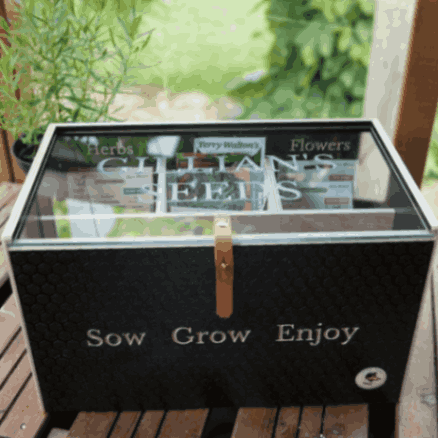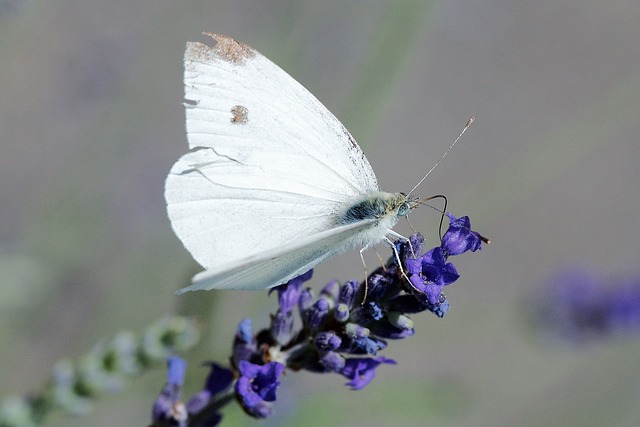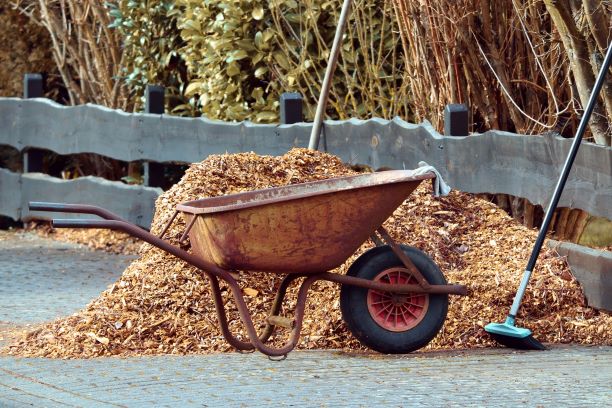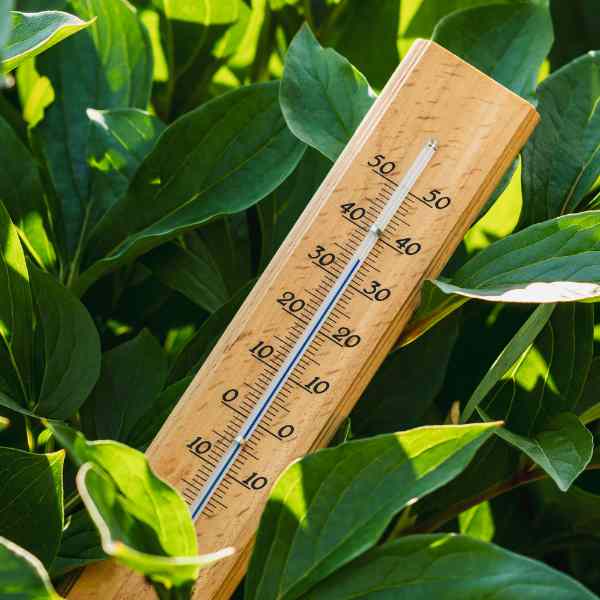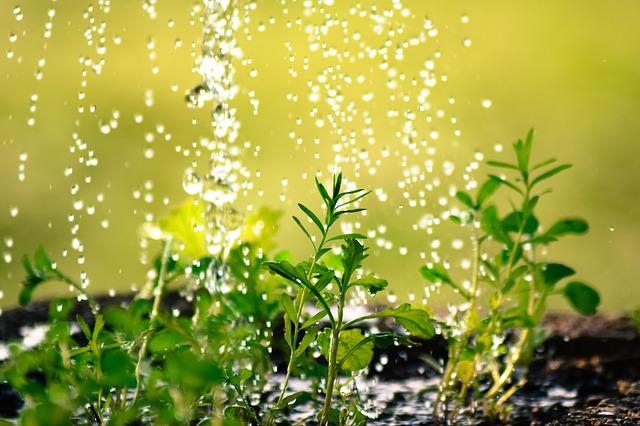How Much Sun Do Your Plants Need?
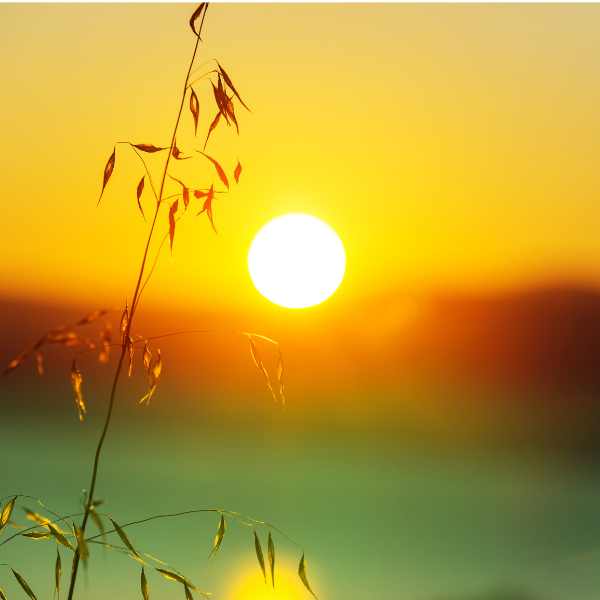
Different plants have a variety of sunlight requirements from full sun to shade, but what does that actually mean? When I first started garden, I killed so many plants as I thought that full sun meant all day sun, from sun up to sun down!
Terminology
All plants require sunlight to grow, but differ in the amount and intensity of light needed to prosper. Seed packets or plant labels will identify the amount of sun a plant requires as full sun, part shade or full shade.
- Full sun – 6 hours of direct sun daily
- Part shade – 3 to 6 hours of sun per day, with protection from intense mid-day sun
- Full shade – 3 hours of indirect sun per day
Full Sun
This describes the type of light found in bright, sunny open areas. Many full sun plants thrive under sunny skies from dawn to dusk in some regions but in others may need a bit of a break. Think local, full sun in Perth and full sun in Tasmania are very different. Also afternoon sun is a lot more intense than morning sun. It is important to use recommendations as a guide and tailor these to your local conditions. For me in Perth, full sun in summer is morning sun only.
Part Shade
Most plants requiring part shade do well in filtered light for most of the day, or direct sun during the morning. They are sensitive to getting too much sun, particularly in the afternoon, and will need shade during the hottest parts of the day.
Full Shade
Shade plants may require anything from the indirect light found on the north side of the house to the deep shade found under evergreens. True shade plants, such as many ferns, can perish in too much sun. Filtered light, such as that found beneath a tree canopy, is a good setting for full shade plants. This type of light is referred to as dappled shade and offers many gardening opportunities. In a hot climate, dappled shade is perfect for summer greens.
Your Garden
Experience will help you gain a better perspective on what sun exposure means in your patch. Get familiar by checking on light conditions throughout the day and over the course of a full growing season.
I have spent many an hour watching the sun in my own garden. I have a back garden that gets morning sun which is perfect for full sun summer plants. Due to the lower intensity of the morning sun and a handy dandy tree, I do not have to provide shade protection at all.
In the summer months my back garden is crammed full as I utilise all the available space. In Autumn the tree has dropped its leaves and there is adequate sun for the cool season offerings.
Once the sun passes over the house and into the front garden half my garden is taken away in summer as the amount of sun is just too much. From 12 pm to 7.30 its gets hammered.
I do have a wonderfully huge Liquid Amber tree though, that offers lots of part shade allowing me to grow in carefully selected locations.
I have discovered by a method of “plant and see” that some native species can handle the intensity providing habit and food for local pollinators.
In the winter when the tree drops it leaves, my front garden becomes a powerhouse for full sun winter gardening. I garden on a merry-go-round with my many pots and large containers moving from season to season.
So look at your own garden to determine your light conditions through out the year and where you can achieve the necessary light requirements to grow your favourite things.

